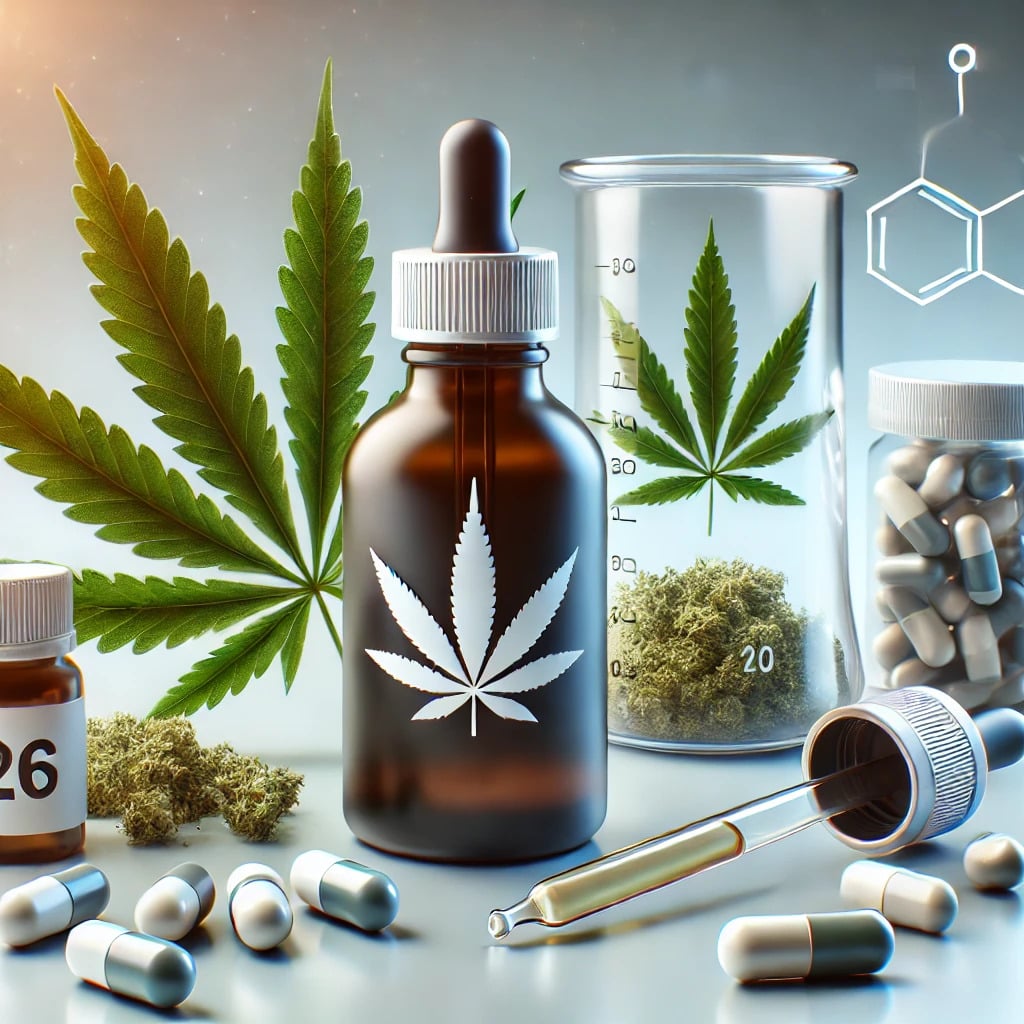
Microdosing has been gaining popularity in recent years, especially with psilocybin from magic mushrooms or truffles. But what about cannabis? Cannabis contains several cannabinoids, such as THC and CBD, which can potentially affect mental health and well-being.
Yet these two drugs differ significantly in action, dosage and effect on the body. In this blog, we dive into the similarities and differences between microdosing with psilocybin and cannabis, focusing on current scientific understanding and potential risks.
Microdosing involves taking a very small dose of a psychoactive substance so that you experience the possible positive effects, but not the hallucinations or narcotic effects. Most commonly, microdosing is done with psilocybin from magic mushrooms or truffles, but some people also experiment with other substances, such as LSD and cannabis.
Microdosing is being investigated for potential benefits such as:
Important to know: scientific research on microdosing is still in its infancy. Although positive experiences are being shared, many effects have not yet been adequately proven in clinical studies.
Whatever drug you choose, finding your optimal dose (called the sweet spot) takes time. This is because:
In psilocybin, serotonin plays a major role, while in cannabis, the endocannabinoid system (ECS) is involved. This system regulates processes such as mood, sleep and pain (Lu & Mackie, 2016).
There are many anecdotal stories of people experiencing positive effects from microdosing. For example, some people report:
Still, it is important to take your own experiences seriously and not rely blindly on other people’s stories. What works for one person may not necessarily have the same effect for another.
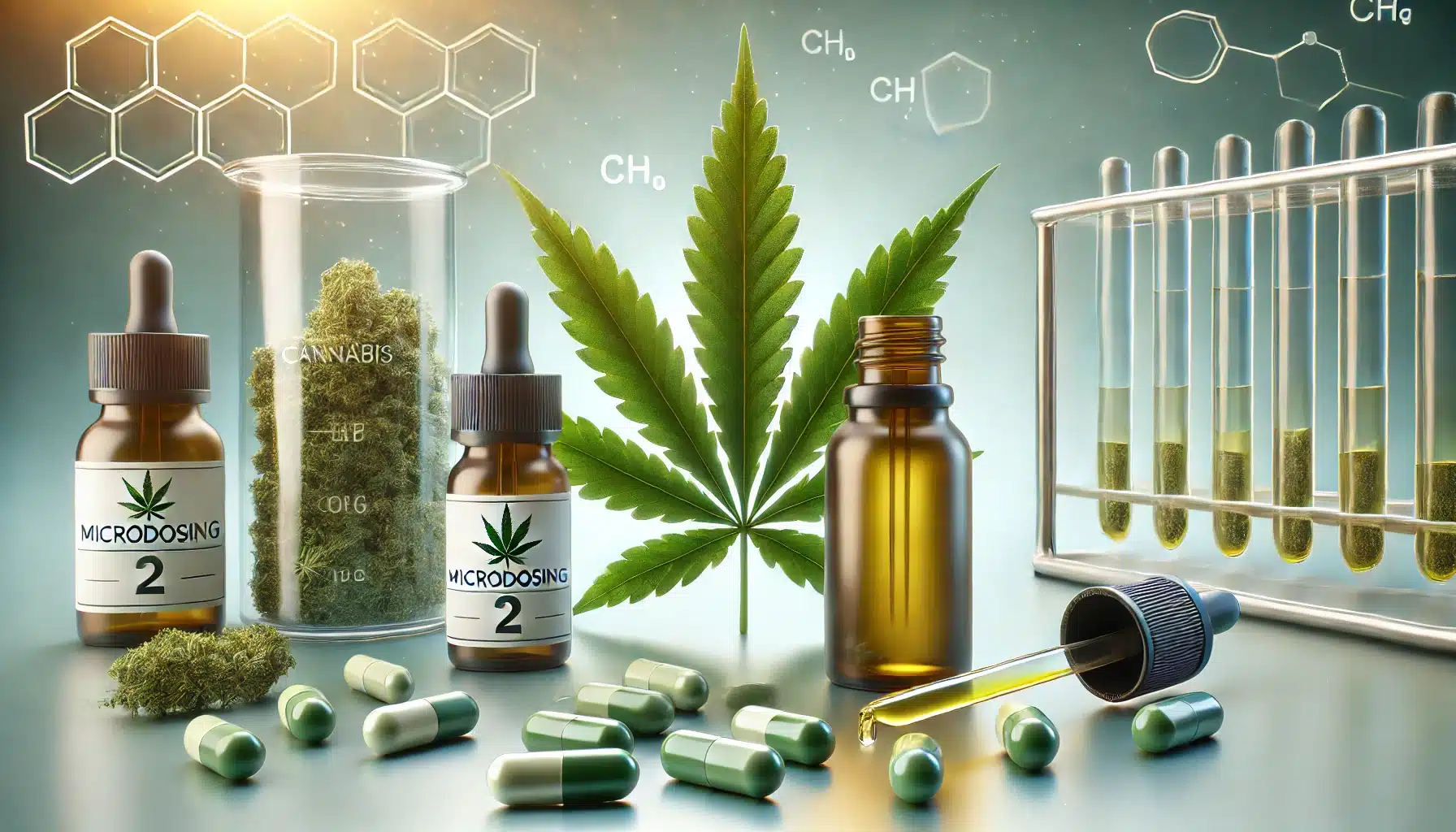
It means that cannabis is much less predictable when microdosing than psilocybin. Psilocybin has a more consistent effect, while cannabis is highly dependent on the strain, THC/CBD ratio and method of consumption.
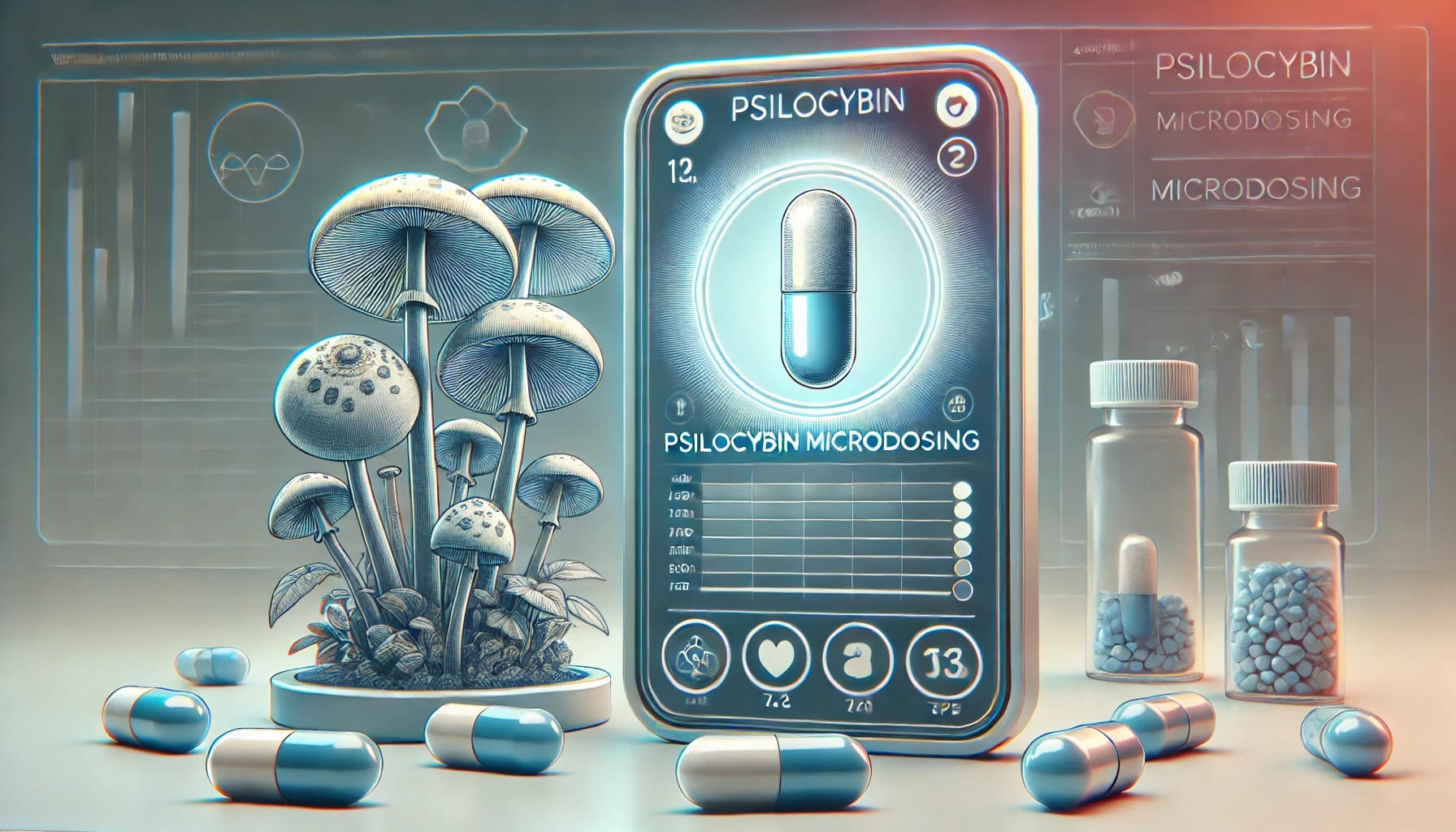
Although cannabis microdosing is possible, it brings additional challenges. Compared to psilocybin:
Microdosing with both psilocybin and cannabis can have interesting effects, but there are important differences in action, dosage and reliability. Psilocybin is more scientifically researched, while cannabis is more complex to dose and less predictable.

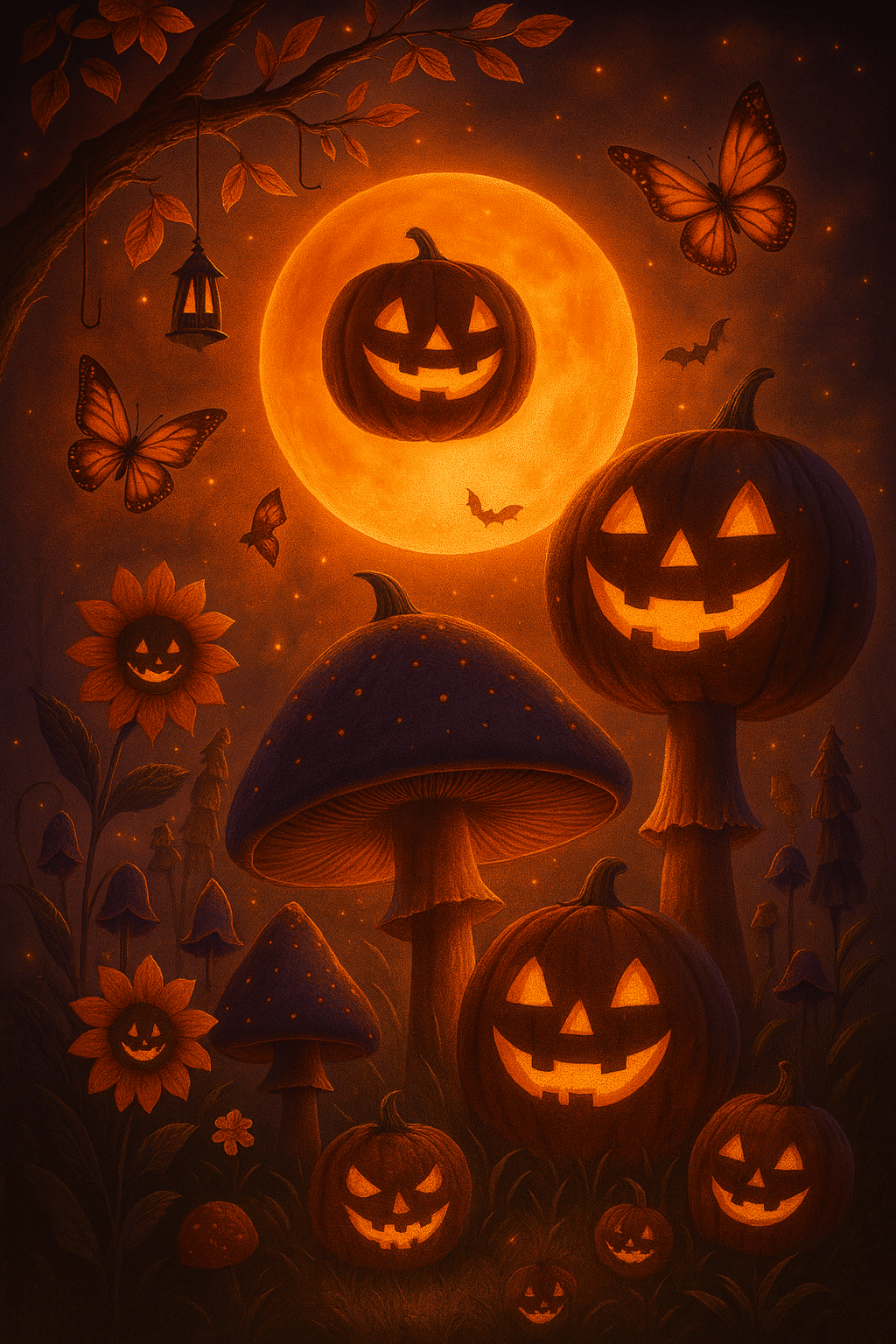
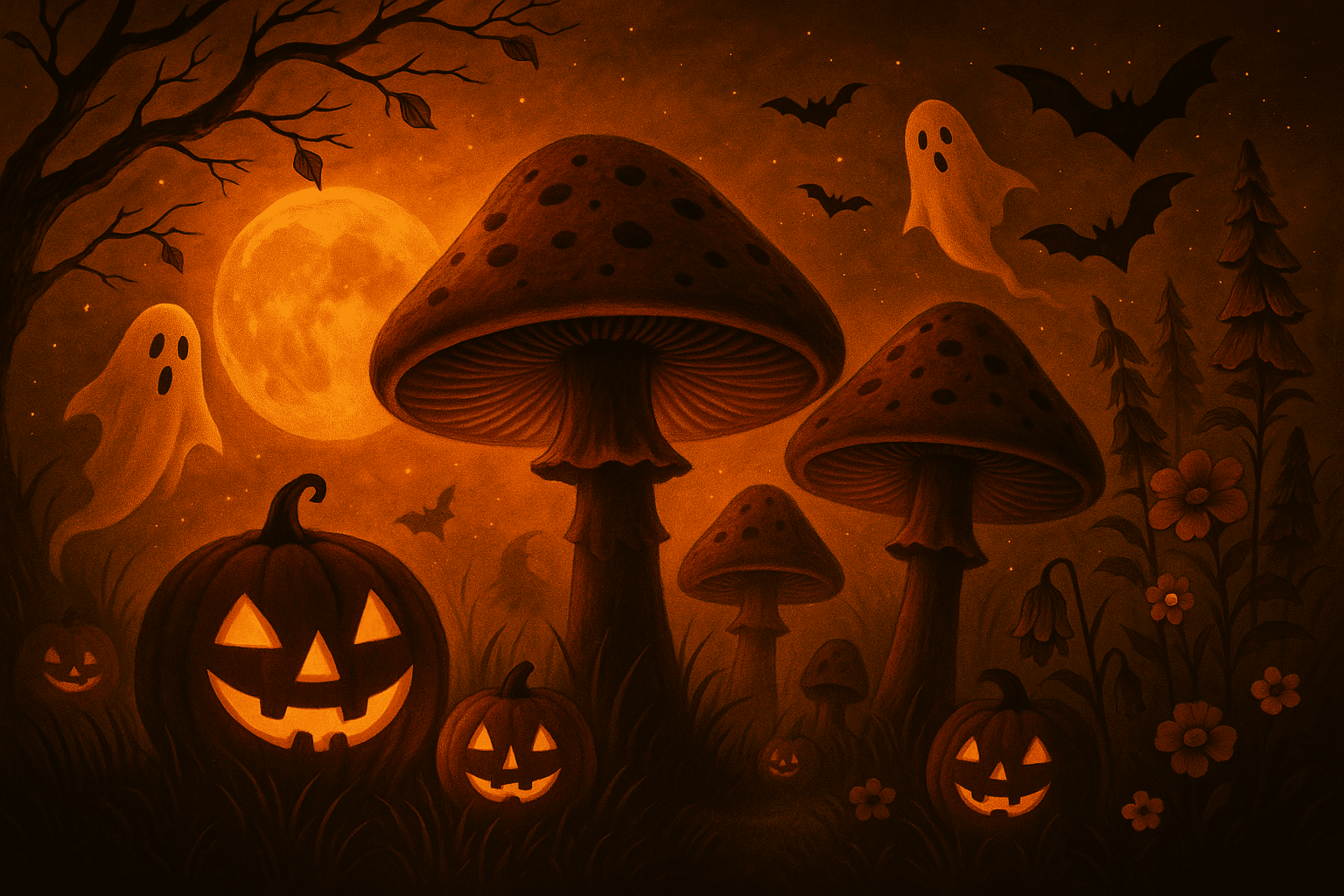
Valid from Oct 21 to Nov 2, 2025
Use the code below at checkout to receive 15% off your entire order.

